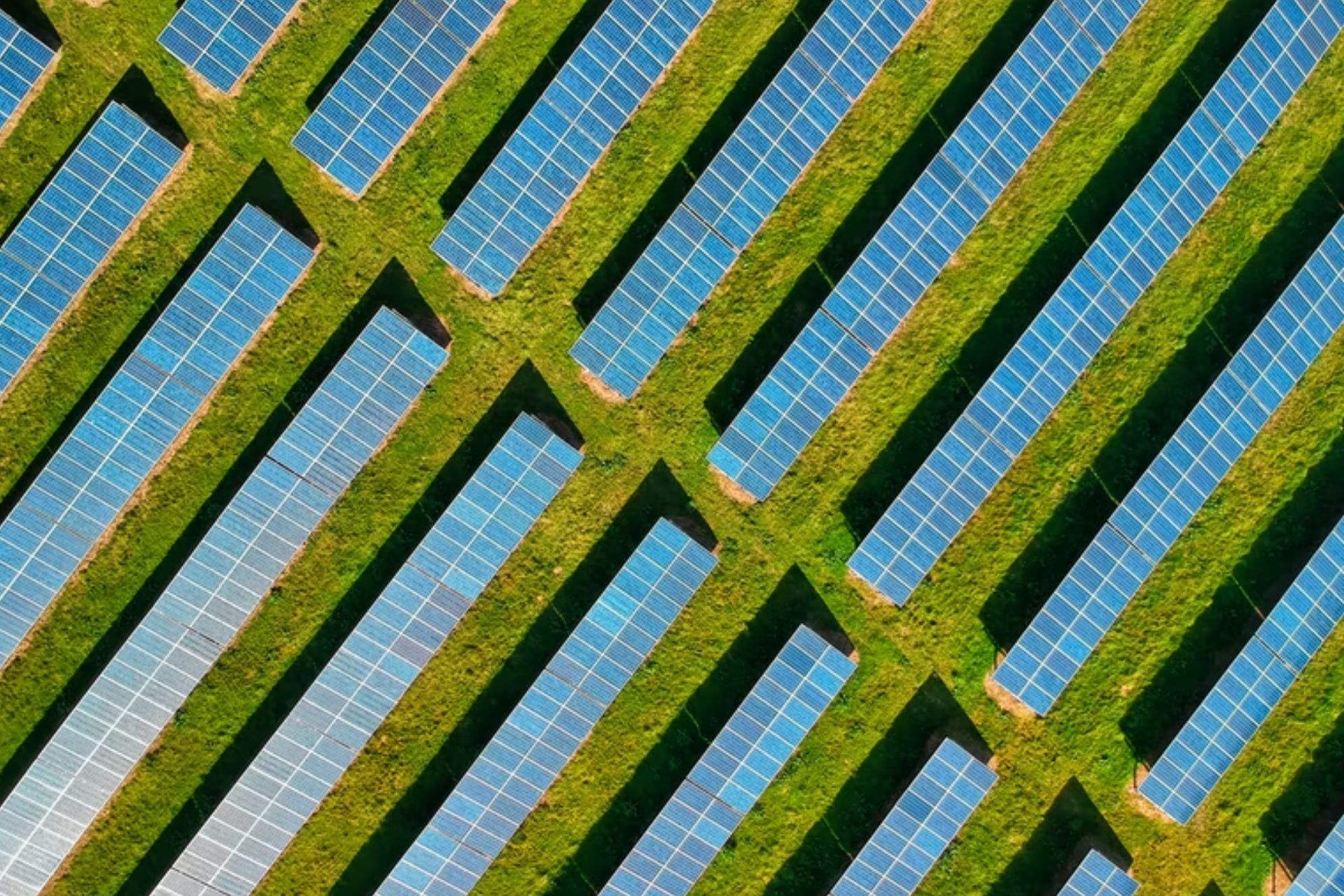
Alternative Power Sources for Home Electricity
We are reader-supported. When you buy through links on our site, we may earn affiliate commission.
The sustainability revolution is influencing residential development. More builders are designing low-impact homes to shrink residents’ carbon footprints. One key feature of a green home is a renewable energy system.
Environmental engineers are advancing sustainable technologies to decrease energy-related emissions. Residents can shrink their carbon footprints by adopting one of the four alternative power sources for home electricity. Minimizing residential emissions also supports electric grid decarbonization goals.
Decarbonizing the Electric Grid
The Biden-Harris Administration set a net-zero energy objective to prevent surface-level and atmospheric degradation. Energy professionals plan to eliminate electricity-related emissions by 2050. Decarbonizing the energy sector requires multi-faceted approaches utilizing carbon capturing technologies and clean electricity systems.
Environmentalists are pushing the decarbonization goals to preserve the global ecosystem. Nearly 80% of the world’s power supply comes from fossil fuels. The energy supplies release greenhouse gases into the atmosphere, which contribute to climate change.
Emissions cause the enhanced greenhouse effect and adversely impact ecological conditions. The effect traps heat in the environment and exacerbates surface-level conditions. Rising global temperatures cause ocean acidification, soil erosion, precipitation changes and other adverse ecological impacts.
Decarbonizing the electric grid is an effective way to reduce the enhanced greenhouse effect. Residents can take matters into their own hands and increase global sustainability by installing alternative energy sources for home electricity.
1. PV Rooftop Panels
The first alternative residential energy supply comes from photovoltaic (PV) solar panels. Individuals can install PV panels on their rooftops to access direct channels of emission-free electricity. Rooftop clean energy systems rely on PV cells to convert solar radiation into clean power.
The sunlight reacts with PV cells by breaking electrons free from atomic bonds. The electrons move in a direct channel and create a flow of electricity. Residents can affordably install rooftop solar panels in America using tax incentives.
One limitation to national solar development is initial purchase and installation costs. More individuals can install PV systems by accessing the 30% tax credit to cover different fees. Residents may utilize the 30% tax credit until 2030, when it drops to 26%.
2. Floatovoltaic Panels
Another solar technology supporting the clean residential power sector is floatovoltic panels. Heat-related production deficiencies and land use dictate individuals’ solar energy access. Residents in warm climates and residents with minimal land access may rely on floating PV solar panels to produce emission-free electricity.
The solar technology is more efficient than rooftop panels because of the cooling features. Placing PV panels on top of lakes, rivers and the ocean cools down devices to optimize energy outputs. It also benefits aquatic ecosystems by preventing eutrophication.
Placing panels on top of major water sources can restrict light exposure, which contributes to algal blooms. Eutrophication depletes local aquatic oxygen supplies and causes forced migration. Improving marine conservation and clean electricity production makes floatovoltic panels beneficial residential power sources.
3. Wind Turbines
The third alternative power source for home electricity is wind. Individuals are installing more wind turbines on residential properties to minimize local emissions. Turbines generate nearly 9.2% of the American power supply.
Environmental engineers are improving turbine technologies to improve individuals’ access to clean residential power. One wind energy limitation involves biodiversity loss. Turbine blade and tower collisions lead to nearly 949,000 bat and 679,000 bird fatalities annually.
Professionals developed bladeless turbines that produce electricity by vibrating. The technology is bladeless and minimizes the number of fatal collisions. Another advancement involves drones, which reduce tower-related crashes.
The drones fly like kites connected to ground-level generators. They minimize the amount of space a winged creature could collide with. Residents can invest in new turbine technologies to improve their clean energy access and conserve local biodiversity levels.
4. Geothermal Energy
The fourth clean energy source for residents is geothermal power. Geothermal energy technologies rely on Earth’s natural temperature differentiations between layers. Subsurface layers of the planet are significantly warmer than in developed regions.
Energy professionals place pipes beneath Earth’s surface to access clean power supplies. Residents may power their heating, ventilation and air conditioning (HVAC) systems with geothermal energy to reduce emissions. Residential properties’ HVAC systems consume about 55% of their power supplies.
Most of HVAC power sources around the world come from fossil fuels. Individuals can minimize their fossil fuel reliance by powering their HVAC systems with geothermal energy.
Benefits of Alternative Power Sources for Home Electricity
Many homeowners are adopting clean power sources to access environmental and economic benefits. The most significant advantage of clean energy is its cost-efficiency. Individuals can decrease their utility bills by accessing solar, wind and geothermal power.
They may also significantly shrink their carbon footprints with clean energy. Adopting low-impact power sources may help regions decarbonize their energy sectors. Decarbonization efforts benefit residents’ health and well-being by decreasing local pollution.
Share on
Like what you read? Join other Environment.co readers!
Get the latest updates on our planet by subscribing to the Environment.co newsletter!
About the author
Jane Marsh
Starting from an early age, Jane Marsh loved all animals and became a budding environmentalist. Now, Jane works as the Editor-in-Chief of Environment.co where she covers topics related to climate policy, renewable energy, the food industry, and more.





